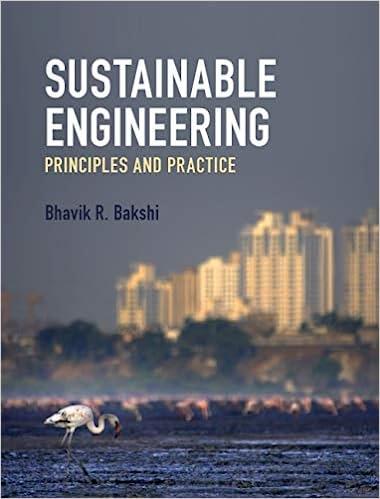Question
Benzene (C_(6)H_(6)) at 25deg C is burnt with a stoichiometric amount of air at 100deg C . If the moles of entering species are benzene
Benzene
(C_(6)H_(6))at
25\\\\deg Cis burnt with a stoichiometric amount of air at
100\\\\deg C. If the\ moles of entering species are benzene 1 mole, oxygen 7,5 mole and nitrogen 28.21 moles,\ the standard heat of formation of liquid benzene at
25\\\\deg C) is
44.66k(J)/(g)mol, The\ specific heats of oxygen and nitrogen gas are 0.0298 and
0.029107k(J)/(g)mol.\\\\deg C\ respectively. The product stream leaving at
25\\\\deg Cconsists of
CO_(2),H_(2)O,N_(2)at 6,3 ,\ 28.21 gmol respectively. The standard heats of formation of
CO_(2)and
H_(2)Ois -393.505\ and -285.84 respectively.\ a. Create a table with the following headings: Species, Temperature
(\\\\deg C); Mols, Std\ heats of formation, Sensible Heat, Toal Enthalpy (kJ).\ b. Complete the table for both In and OUT for species in and species leaving using\ the above information,\ c. For each row, calculate the last column as Moles
x(std heat of formation +\ specific sensible heat)\ d. Add all the enthalpy for all species entering and similarly for all species leaving.\ e. Report the enthalpy of reaction as enthalpy out - Enthalpy in.\ f. Note standard heats of formation of nitrogen, oxygen gas is zero.

Step by Step Solution
There are 3 Steps involved in it
Step: 1

Get Instant Access to Expert-Tailored Solutions
See step-by-step solutions with expert insights and AI powered tools for academic success
Step: 2

Step: 3

Ace Your Homework with AI
Get the answers you need in no time with our AI-driven, step-by-step assistance
Get Started


